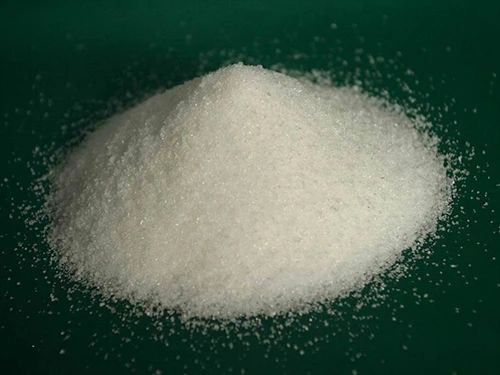PAM-Based Flocculants for Enhanced Water Treatment Solutions and Applications
The Role of PAM Flocculant in Water Treatment Processes
Polyacrylamide (PAM) flocculant is a synthetic polymer widely recognized for its effectiveness in various water and wastewater treatment applications. As global water scarcity and pollution issues continue to escalate, the demand for efficient water treatment solutions is more critical than ever. PAM flocculant offers a promising approach, capitalizing on its unique properties to facilitate the separation of solids from liquids and improve overall water quality.
What is PAM Flocculant?
PAM is a water-soluble polymer derived from acrylamide monomers. Due to its high molecular weight and ability to form hydrogen bonds with water molecules, PAM effectively alters the physical and chemical characteristics of water, promoting the agglomeration of suspended particles. This agglomeration process, known as flocculation, allows solid particles to clump together, making it easier to remove them from water through sedimentation or filtration.
Mechanism of Action
The flocculation process involves several stages. Initially, PAM molecules are added to the water containing suspended solids. As these molecules dissolve, they interact with the particles, leading to the formation of micro-flocs. These micro-flocs then collide with one another to form larger flocs. The larger flocs are heavier and can settle down under gravitational forces, leading to the clear separation of solids from the liquid phase. The efficiency of PAM flocculant in this process makes it a preferred choice in various industries.
Applications of PAM Flocculant
PAM flocculant is versatile and finds applications in multiple sectors, including
1. Municipal Water Treatment PAM is extensively used in drinking water treatment facilities to ensure the removal of turbidity and harmful contaminants, thus producing safe and clean drinking water.
2. Industrial Wastewater Treatment Industries such as mining, paper manufacturing, and food processing generate large volumes of wastewater that require treatment. PAM flocculant enhances the removal of suspended solids and heavy metals, promoting compliance with environmental regulations.
pam flocculant

3. Agriculture In agricultural settings, PAM is employed to improve soil stability and water retention. It reduces soil erosion while ensuring that nutrients remain in the soil, fostering better crop yields.
4. Oil and Gas Industry PAM is used in drilling fluids to enhance the efficiency of drilling processes, helping to manage cuttings and improve borehole stability.
5. Pulp and Paper Industry The use of PAM in this industry aids in the white water treatment process, ensuring that fiber recovery is maximized while minimizing waste.
Advantages of PAM Flocculant
PAM flocculant presents several advantages over traditional flocculating agents. First, its high efficiency allows for the treatment of water with lower dosages compared to other chemical flocculants, leading to cost savings. Additionally, PAM is biodegradable, posing less environmental risk compared to inorganic alternatives. Its effectiveness across varying pH levels and salinities also makes it a suitable choice for diverse water types.
Environmental Considerations
Despite its benefits, the use of PAM flocculant requires careful management. The polymer can break down into acrylamide, a toxic substance, under certain conditions. Consequently, it is necessary for users to adhere to safety regulations and guidelines to mitigate potential environmental impacts. Emerging research aims to develop PAM formulations with reduced toxicity and enhanced biodegradability, further promoting its safety profile.
Conclusion
In conclusion, PAM flocculant is an essential component of modern water treatment processes, providing effective solutions for a range of applications. Its ability to clarify water and remove pollutants is invaluable in addressing the pressing challenges of water quality and availability. With ongoing advancements in polymer technology and environmental science, PAM flocculants are likely to play an even more significant role in sustainable water management practices in the future. By leveraging this powerful tool, we can work towards cleaner water systems and a healthier planet.
-
Water Treatment with Flocculant Water TreatmentNewsJun.12,2025
-
Polymaleic AnhydrideNewsJun.12,2025
-
Polyaspartic AcidNewsJun.12,2025
-
Enhance Industrial Processes with IsothiazolinonesNewsJun.12,2025
-
Enhance Industrial Processes with PBTCA SolutionsNewsJun.12,2025
-
Dodecyldimethylbenzylammonium Chloride SolutionsNewsJun.12,2025





